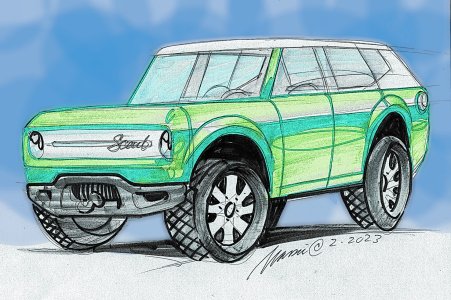I would say that this is very unlikely to happen. Battery packs are large, heavy and complex. Not only does a battery pack need to be electrically connected to the chassis but there are cooling tubes that go to radiators. So inorder for there to be a "swap station" it would need to have quick disconnects for High voltage, and make sure there would be no air introduced into the cooling system, and the quick release fasteners would need to be very strong to hold a multi thousand pound battery pack.Two items I forgot to mention in my design wish-list, and they are big ones.
1. Easily removable batteries. By 2026 and beyond I believe the expectation is that battery swapping stations will be a reality, or close to it. Think of gas stations for batteries where you can pull in and get your batteries swapped.
But going with the brainstorming to say that all of those things were figured out there still goes the first problem: The battery pack is large and heavy. So there would need to be a dedicated building to house a large handful of battery packs that would need to be constantly charging and ready to be swapped out...and also a place to house and plug in the battery getting changed out. This would be a pretty hefty sized building and it would need to be very strong to support all that weight.
on top of that how long do you think a swap would reasonably take? park the vehicle, they take it, drive it over a thing, lifts up, takes out pack, disconnects HV/coolant, then moves it away, moves in a new one, plugs in, secures it. takes it off the lift....reasonably i think this process would take as long as an oil change......an oil change maybe takes 10-15 minutes?
in 10-15 minutes you can charge 60-70% of a battery at a Fast DC charger.
How much do you think a battery swap would cost? It would have to include: Electricity(battery was charged), Pay for the employee who performs the action, some overhead for the facility, and profits.
Compare that to a fast DC charger. there are no highly trained staff, there is no heavy duty facility....the Charging infrastructure would need to be made...just like a swap station.
so if you plug into a fast charger all you pay for is the elctricity, much less overhead for the charging station, and company profits....i think the clear answer is it would cost waaaaaay more to get your battery swapped out rather than just plugging into a DC fast charger.


